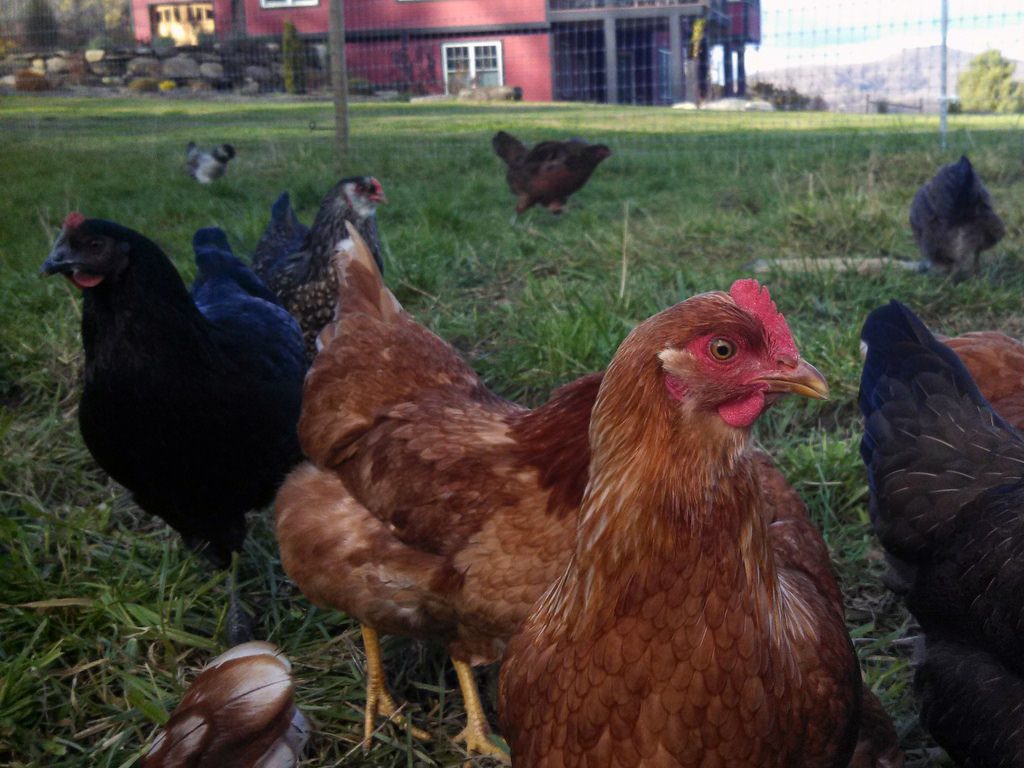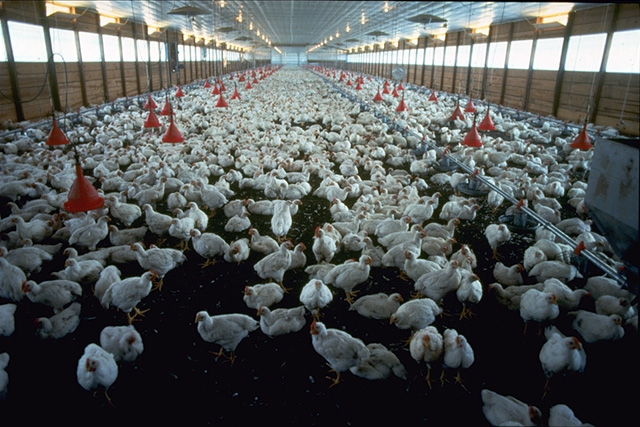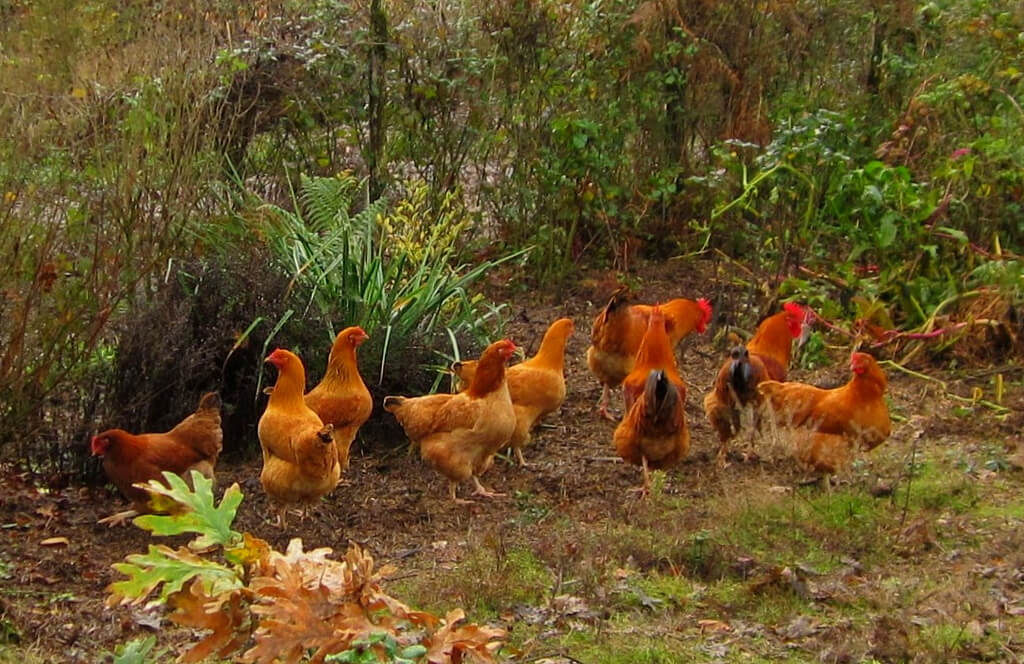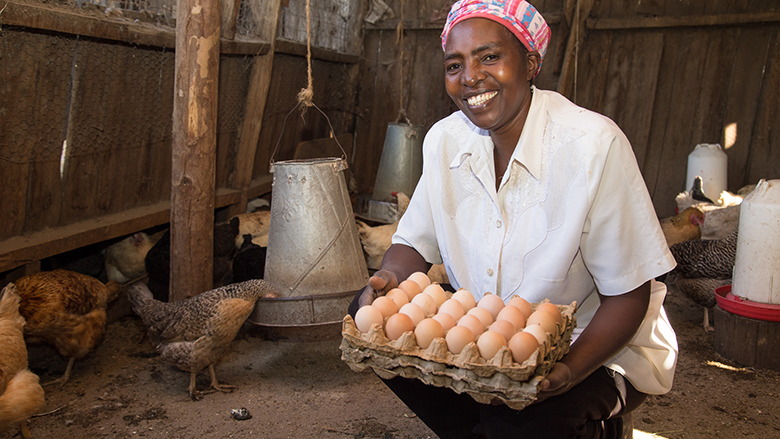Chicken farming in Kenya has become one of the most important aspects of agriculture in Kenya for some reasons. Want to start poultry business in Kenya as a Chicken farmer or you want to improve your poultry business, well this article is for you.
Importance of Chicken Farming in Kenya
- It create business opportunity for Entrepreneurs
- Chicken farming provides employment for job seeking citizens
- This is the kind of business that can never dry up
- A Chicken farming business brings in lot of income Poultry farming is very profitable.
A good poultry farming business in Kenya will earn above Kshs. 5 million per annum depending on how big the farm is. All these benefits are open to you if you start your own poultry farm today. There are basically three types of chicken to consider in chicken farming in Kenya.
Types of Popular Chicken in Kenya
- The pullets popularly known as Layers: Layers are reared for egg production and most lucrative but more stressing compare to the other once.

Pullets or layers - The Broiler Chicken: Broilers are reared for meat production; The Broilers grows very faster and are ready for sale at 12 weeks from hatch.

A Broiler Chicken Farm - The third is the cockerel: This is also reared for meat production. Cockerels grow slower and can take up to twenty four weeks before they are matured for marketing. Cockerels are reliable in terms of survival and withstanding bad weathers. They are more resilient, and can absorb shocks far better than Layers and Broilers.

Young cockerels in a farm
Poultry farming in Kenya requires having the right knowledge to be able to the right things to get the right result. It requires hard work and prompt attention to details. Poultry Farming is little capital intensive but if you are starting on a micro scale (Home back yard) where you have a small space at your back yard, it is not.
Starting small is the best way to enter and learn the business. Before you venture into chicken farming in Kenya, you need to seat back and do proper planning; make sure you have an idea of all the costs involved.
Currently they seem to be no high ventures in poultry farming in Kenya like the ones in Europe, USA and other counties. Any investor who has the needed capital to venture into it will have reasons to smile within a short period of time.
Requirements to Start Poultry Farming in Kenya
If you are ready to get started in poultry farming in Kenya, these are the basic requirements you need to set up your farm.
LAND: The no 1 thing you need to get right in poultry farming in Kenya is land. a plot of land of 120 x 60 square meters is okay for setting up medium scale poultry farm in Kenya, at least for a start. Once you have land that is big enough for your farm set up, almost half of your needs have been taken care of. Land is the hardest and the most expensive part of poultry business in Kenya.
Look for land in a rural area or in farms. There you will get lands cheaper, stays out of trouble and do your production there, while your products will be transported to the urban area for sell. It will be good if you can get your own poultry farm land and build a permanent farm rather than to rent.
When you rent, the owner might decide to send you packing and relocating always comes with huge cost. Chicken
CAGE: This is the second most important part of your chicken farming in Kenya set up and it is not as expensive as buying or acquiring land. There are so many ways you can build the birds house but make sure that the sizes of the building is spacious enough for the chicken to run around. The house should be constructed in a way that you will be able to control the ventilation and air movement.
When planning out your chicken house, always remember that space is very important. Don’t compromise on this to avoid frequent loss of your birds through suffocation and contamination.
Day Old Chicks: This is where the chicken farming in Kenya business starts. Buy chicks from chicken hatchery that mainly deals with the supplying of different species of day-old chickens. It’s better to buy from the hatchery, Chicken hatchery usually produce good quantity of day old chicks through the use of incubators. Raising hens from baby chicks requires you to check on them often during the first few weeks (Seven to nine weeks). It’s really fun to watch them turn from downy, fluffy little balls into feathered-out, gawky adolescent pullets.
In chicken farming in Kenya, a chick does not have the ability to maintain its own body temperature without an external source of heat. Below are the outlines of taking care of chicks after you have gotten your chick, once those baby balls of fluff arrive home, you’ll want to have everything ready for them to settle into their brooder and stay warm and happy.
Plan to check on them at least five times a day during the first couple of weeks of life, and less after that. You’ll need to monitor their temperature, keep them safe from pets, predators and over handling by children, keep their feed and water clean.
Make sure your baby chicks have everything they’ll need on the first day home. As they get older, you will use different feeders, but for the first week or two, plastic chick feeders like the ones you see above will make life a lot easier for you.
Light must be available at all time in your chicken farming in Kenya set up to keep the chickens warm, especially during raining season when the humidity is always very low. Look for reliable source of power to supply your hen’s house with heat and light.
Chicks love to stomp in their feed, tip it over, and generally make a mess. They’re also not terribly smart and can eat quite a lot of shavings or bedding while they pick spilled feed off the floor. These feeders are perfect. They’re at the right height when placed on the brooder floor.
Caring for Your Growing Chickens
After the baby chick stage passes, you’ll have young pullets and cockerels and, once they turn one year old, hens and roosters. Some basic daily chores in this stage of poultry farming in Kenya involves keeping their food and water fresh and collecting eggs is the basis of ongoing chicken care, but you’ll want to make sure they’re protected from predators and staying healthy as well.
NOTE: Most layers in chicken farming in Kenya will start laying eggs the moment they are 18 weeks old but some wait till they are about 22 weeks old. Whichever way, layers in poultry farming in Kenya is considered the most lucrative of all poultry farming in Kenya ventures because two things are achieved from layers, they lay eggs which fetch good money in the market, and are equally sold for the meat.
Did you love the story? You can also share YOUR story and get it published on Bizna Click here to get started.





We have poultry egg Incubators for sale In kenya,Call us on 0724702512
Eggs selling at Ksh 240.00 per tray; what other choice but windup the poultry business.
The Kenyan poultry farmer is a seriously disadvantaged citizen. It costs a poultry farmer Ksh 650.00 to 700.00 to bring a chick (layer) to production. Once the chick starts producing it will produce for a period of 12 months before it is disposed as ex-layer. A well reared chick will give you production efficiency on average of 80%. Once efficiency falls below 70% it is disposed as an ex-layer. The disposal price depends on the season. It can be as low as Ksh 300.00 to as high as Ksh 420.00.
The cost of producing an egg at 80% (production efficiency) depends on the feed company supplying the farmer and the County you are operating in, in Kenya. My costing are based on Nairobi County.
• Unga layers mash – Ksh 280 per tray
• Pembe layers mash – Ksh 270 per tray
• Others layers mash – Ksh 262 per tray
It therefore beats logic for eggs to come into our country at a price as low as Ksh 240.00.
I am sure the ministry of Planning and the ministry of Agriculture have these facts in their data banks.
We are told that Kenya is unable to produce enough eggs to meet the market demand hence the reason they allow low cost eggs to flood the market from time to time to meet the demand.
As I write this commentary eggs ex-farm Nairobi County are being bought at Ksh 240.00 reason being, traders have brought low cost eggs from neighbouring Uganda. Kenyan shopkeepers are selling the eggs at Ksh 310.00 per tray having bought them at Ksh 250.00 and in the Supermarkets between Ksh 320.00 and 340.00. A whopping 24% to 36% profit. While a farmer who was selling a tray at Ksh 290.00 to the traders in the meantime is incurring a loss of Ksh 50.00 per tray (Ksh 22.00 below his production cost). Government must address this issue with outmost urgency because I believe Kenyan farmers given a level playing ground can produce enough for the Kenyan market and still have surplus for export..
How do we overcome this problem?
• Policy making institutions have failed in their mandate to address challenges facing farmers in Kenya right from the pricing of raw materials used to make animal feeds to value addition prices for farm produce.
• PTA agreements that discriminate against local farmers must be revised to be in tandem with the vision 2030 in regard to creating jobs. Many Industries have died between 1990 and as late 2016 doe to such agreements. Let’s not do the same to farming which is the backbone of Kenya’s economy. It beats logic to find that the eggs you are buying at the supermarket have been imported from Republic of South Africa etc, etc.
TZR Thursday, August 02, 2018